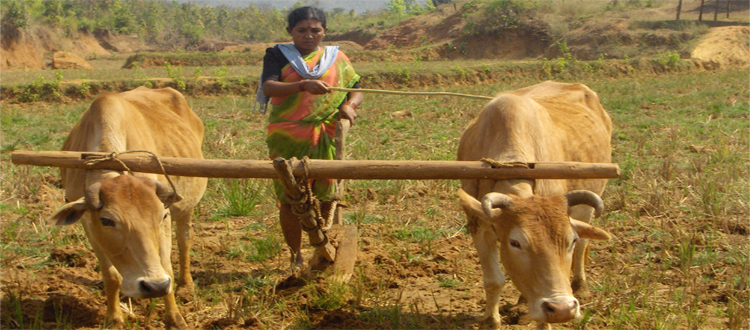MKSP
- Promoting annapurna models for regular short and long term generation of incomes besides ensuring food and nutritional security . The models also incorporates 2-3 locally availableand useful medicinal plants (Henna, Kalmegh, Tulasi, Lemon, etc) for primary health care.
- Training, exposure and several capacity building interventions proposed for the Annapurna beneficiaries , Federations , CRPs and staff involved in the project.
- Promotion and development of MACS so as to take up value addition, product development and market linkages.
- NTFP based livelihood interventions such as – demonstration of scientific harvesting and post harvesting management of NTFPs/MAPs (kalmegh, Giloe, Sathavari, Nelatadi, Sugandhi, etc) with a provision of improved tool kits as a complete package.
- Identification and documentation of locally practising traditional healers / locally available medicinal plants / leafy vegetables and tuber vegetables and its nutritional / medicinal values.
- Publishing of "Annapurna" quarterly magazine for widely propaganda of importance of organi agriculture, medicinal plants , NTFP information & nutritional values of locally available vegetables/tubers, food security models.
Jattu experience in Annapurna model
Jattu has already developed and demonstrated successful innovative household level food security model. This model has been initiated in the year 2000 with 60 tribal families in three mandals in Vizianagaram district. The Annapurna Model developed at Jattu campus, Thotapalli, in half acre in irrigated conditions has been has been generated Rs. 1,10,000/- from ½ acre. After seeing this model, many progressive farmers have come forward to promote Annapurna model in other villages of the district. This model has been implemented successfully in rain- fed conditions at Thotapalli village, wheren they have successfully harvested 2 crops in a year besides ensuring soil moisture in the summer for horticulture plants and the growth of the plants have been satisfactory. The rain-fed Annapoorna model generated an amount of Rs. 30000 per annum. Keeping this in view and potential for generating significance incomes to the poor tribal households, Jattu would like to scale up the programme to 30 families.
Main components in Annapurna model are preparation of land, preparation of beds, designing crop pattern, harvesting and marketing, organic farming practices, farm pond and alternative livelihoods.
Project results framework
- There will significant impact on the economic front.
- Annapurna ½ acre model would enhance the availability of organic food round the year to the household and Rs. 50000/- is the expected net income per family per year during the project period.
- Incresed income upto Rs. 5,000/- from NTFPs/MAPs through adopt sustainable harvesting and post harvesting management ancluding value additions to the targeted families.
- Rs. 70000 is expected to generate from Annapurna model from 5th year onwards as by that time, perrenial crops also start yielding incomes.
- MACs would be able to take up direct marketing of organic crops/NTFPs/MAPs and link up with the GCC/Rythubajars for bulk sales.
- There will be additional employment generated through promotion and support of GRPs and community Organisers, who are all , would be from the local area and tribal community.
- There will be significant impact on the social front
- Women SHGs and MACs would become advocate for solving social and economic issues and monitor the activities with the help of women leaders.
- There would be collective strength and voice for resolving the issues in production, processing and marketing of their produce.
- There will be emergence of lot of women leadership which will be the key for the development of the area. The social capital of CRPs would become strong force and collective voice would lead to expand the programme further within and outside of the project area.
- The benefits of project in terms of reduction in migration, reduction endures improved food security , nutritional and health security , etc.
- There will be significant impact on the environment front
- The project is proposed to practice Annapurna model with organic way of raising crops/ plants year long which would protect soil, water thereby ensuring preserving soil health which would lead to productivity enhancement in the long run.
- As the project interventions are scientific and eco friendly for convention and sustainable use of resources besides equitable sharing of benefits would lead to protection of natural resources in general and NTFPs in particular and thereby maximizing positive impact and minimizing negative impact on the targeted resources.
